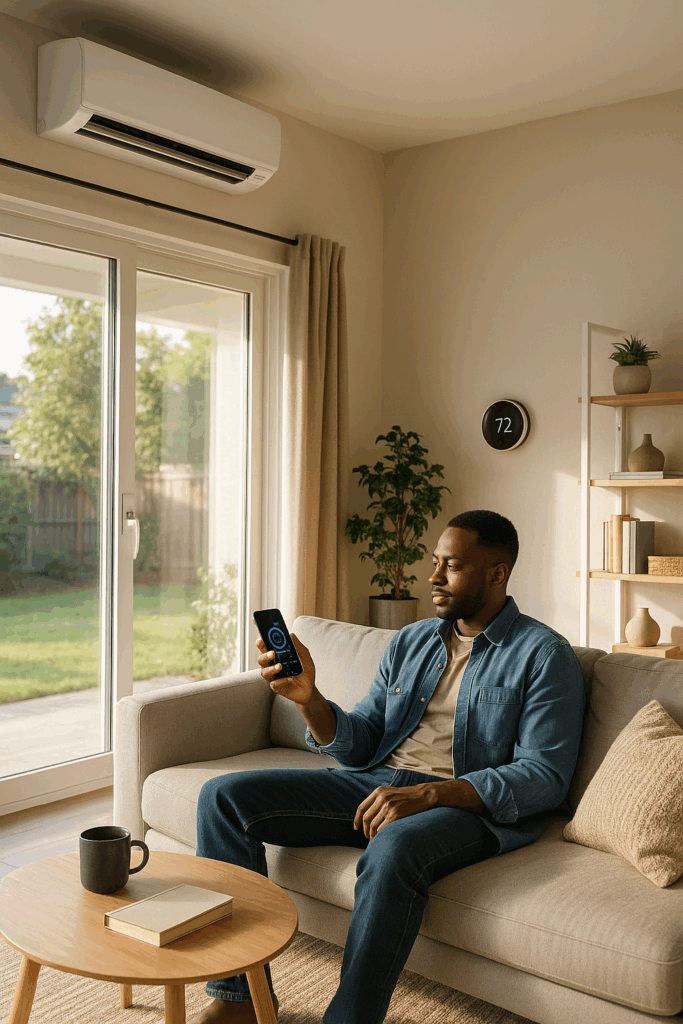
The HVAC world is evolving rapidly, and 2025 is shaping up to be a year of exciting advancements for home climate control. As a homeowner, staying aware of these trends can help you make informed decisions about upgrades or new systems. From ultra-smart controls to greener technologies, let’s dive into the top smart HVAC trends of 2025 and what they mean for you.
Trend 1: Smarter & More Connected HVAC Systems
HVAC systems are getting brains. Smart thermostats have been around, but in 2025 they’re practically standard, and newer systems are even more connected. Imagine controlling your entire HVAC with your voice or smartphone, and getting maintenance alerts before something breaks – that’s what’s here now. Modern furnaces and AC units can come with built-in intelligence and connectivity:

- Voice and App Control: Many HVAC systems now offer voice commands and mobile app controls out of the box
eccosupply.com. You can tell your thermostat to change the temperature or use an app to adjust settings from anywhere. This was cutting-edge a few years ago; now it’s commonplace. - Automation & AI: As we discussed earlier, AI is playing a big role. 2025’s systems learn and automate more than ever. They can create optimal schedules, adjust to weather changes, and even integrate with other smart home devices seamlessly.
- Predictive Maintenance Alerts: Your HVAC might actually tell you when it’s not feeling well. New systems include predictive maintenance features that send you alerts if performance drops or something looks off, so you can service it before a breakdown happens
eccosupply.com. No more waiting until the house is sweltering to find out the AC died.
All this means your interaction with heating and cooling is easier and more proactive. It’s about convenience (no more walking to the thermostat every time) and peace of mind (smarter systems can catch problems early).
Trend 2: Indoor Air Quality (IAQ) Takes Center Stage
In recent years, homeowners have become much more aware of indoor air quality. That trend is full force in 2025. People want HVAC solutions that not only control temperature but also ensure the air is clean and healthy:
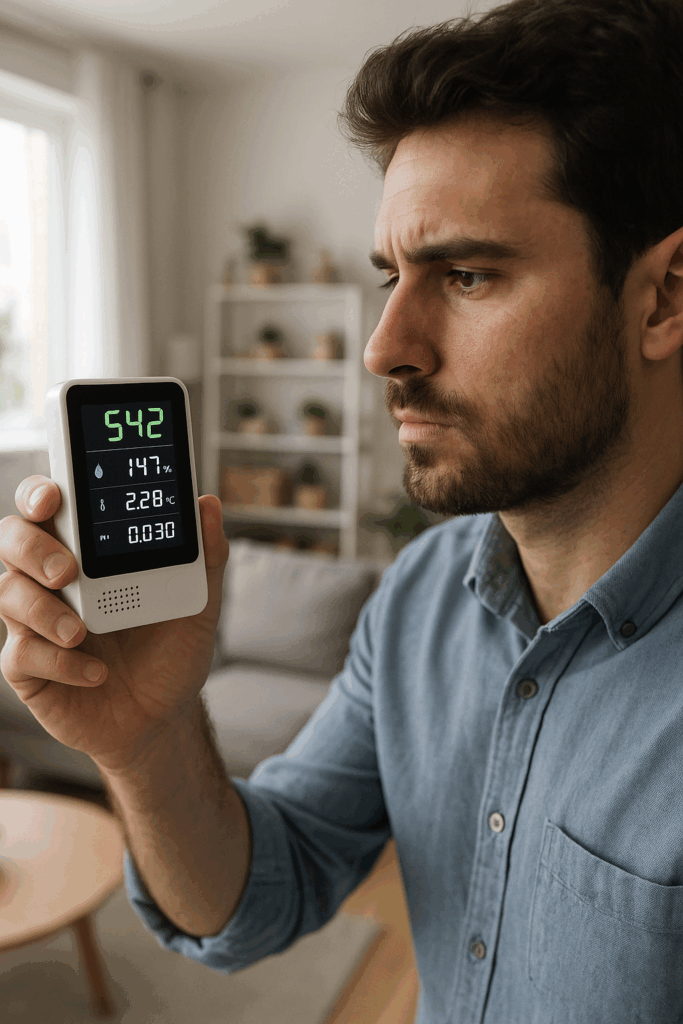
- Advanced Filtration: High-efficiency filters (like HEPA-grade filters) and filter add-ons are popular. New HVAC installations often include upgraded filter systems to trap finer dust, allergens, and even viruses.
- UV-C Lights & Purifiers: Many homeowners are adding UV-C lamps inside their HVAC systems to zap bacteria and mold, or standalone whole-home air purifiers that integrate with ductwork. These technologies saw a boost in demand recently and continue to be hot items.
- Humidity Control: Hot weather can mean humidity issues, and dry winters can cause other problems. Smart humidifiers and dehumidifiers that connect to HVAC are trending. These keep your home in the ideal humidity range (around 40-50% RH) automatically, which improves comfort and air quality.
- IAQ Sensors: Some smart thermostats now include IAQ sensors (for VOCs, CO2, etc.). In 2025, more systems can actively monitor air quality and even trigger ventilation or purification when needed. Homeowners are interested in these systems to ensure the air they breathe is top quality
aztilac.com.
Trend 3: Energy Efficiency and Electrification
With energy costs rising and a greater focus on environmental impact, efficiency is king in 2025. HVAC equipment is becoming more energy-stingy while delivering the same (or better) comfort:
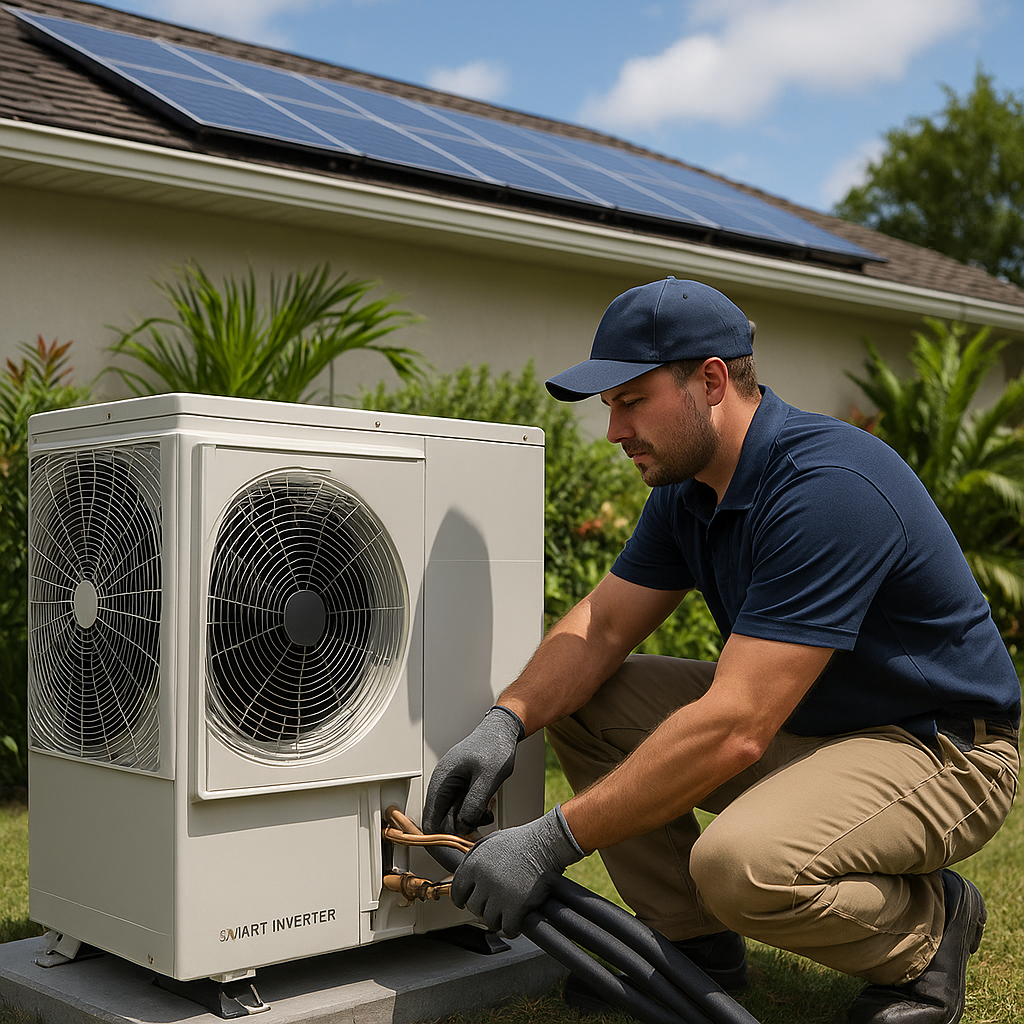
- Heat Pumps on the Rise: Heat pumps are “leading the charge” in efficient home heating and cooling
eccosupply.com. Modern heat pumps can replace or supplement traditional furnaces and ACs, providing very efficient heating in moderate climates and efficient cooling everywhere. Even in colder regions, new cold-climate heat pumps are gaining traction as alternatives to oil or propane heat. - Higher SEER Ratings: Air conditioners and heat pumps are getting higher SEER (Seasonal Energy Efficiency Ratio) ratings thanks to new standards
aztilac.com. That means new units use less electricity for the same cooling output. Over the lifespan of the unit, the savings are substantial. - Variable-Speed Everything: Old HVAC systems were often either “on full blast” or “off.” Now, variable-speed compressors and motors allow equipment to run at the precise level needed. This avoids wasteful cycling and keeps temperatures more stable. Variable-speed ACs and furnaces adjust output continuously to match demand, saving energy and reducing noise.
- Smart Zoning & Controls: Avoiding cooling or heating empty rooms is a huge energy saver. More homes are using zoning systems or smart thermostats that manage different areas of the house independently to cut waste.
Trend 4: Predictive Maintenance & Remote Monitoring
Rather than relying on a once-a-year tune-up, 2025’s HVAC systems often feature continuous monitoring for maintenance:
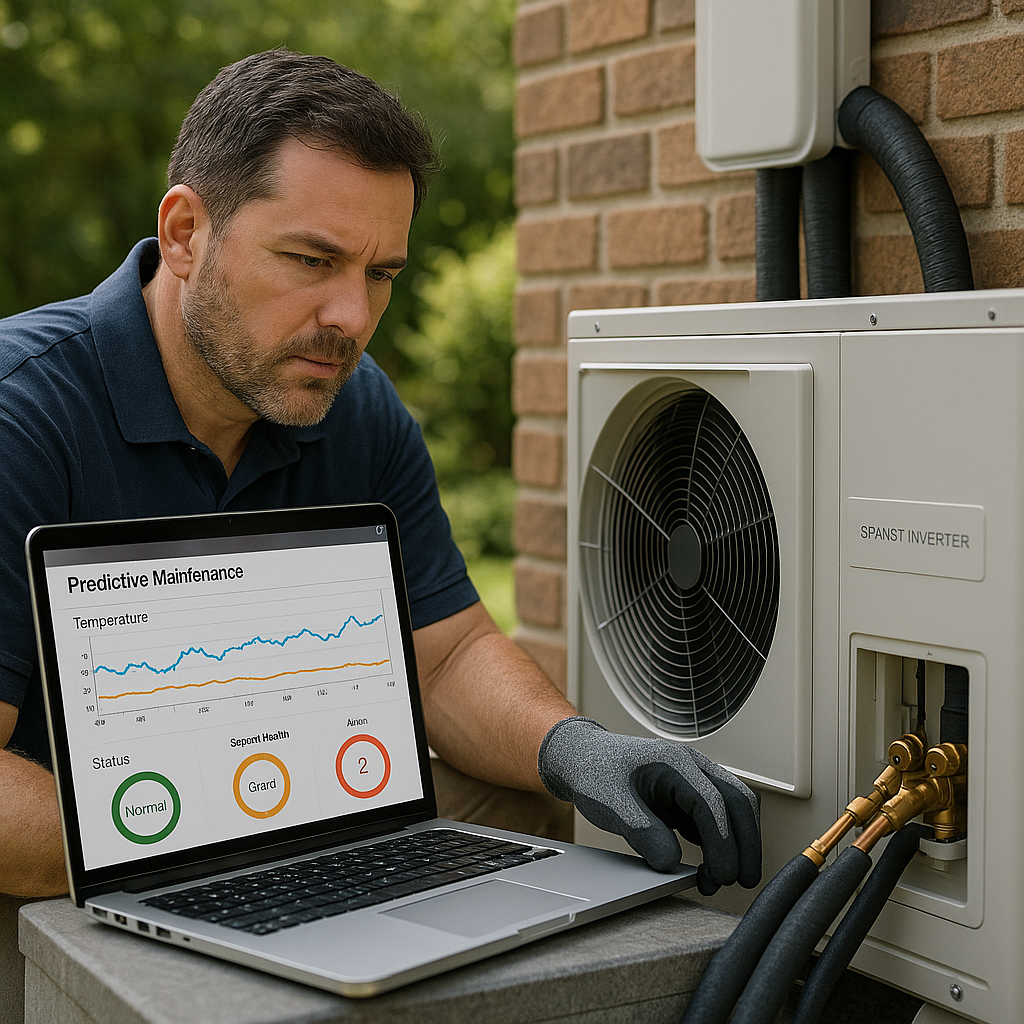
- HVAC Health Reports: Some smart thermostats and HVAC systems can now provide health reports on your system. They monitor run times, cycles, and performance. If something deviates (say your AC runs much longer than usual to reach a set temp), the system flags it.
- Service Alerts: Predictive maintenance tech notifies you when it’s time to replace a filter (based on actual usage, not just time) or when a part is likely wearing out
aztilac.com. You might get a notification that says “Your furnace blower fan needs checkup,” allowing you to fix it before a failure on a 100°F day. - Remote Diagnostics: Some HVAC companies offer services to monitor your system remotely (with permission). If an anomaly pops up, they can alert you or come out proactively. This means problems can be caught and fixed early, often at lower cost and with less stress.
Embracing this trend means fewer surprises and a longer lifespan for your equipment. It’s like having a virtual technician keeping an eye on things.
Trend 5: Advanced Zoning and Personalized Comfort
Tailored comfort is a big deal. Zoning — dividing your home into areas with independent climate control — is getting easier to implement:
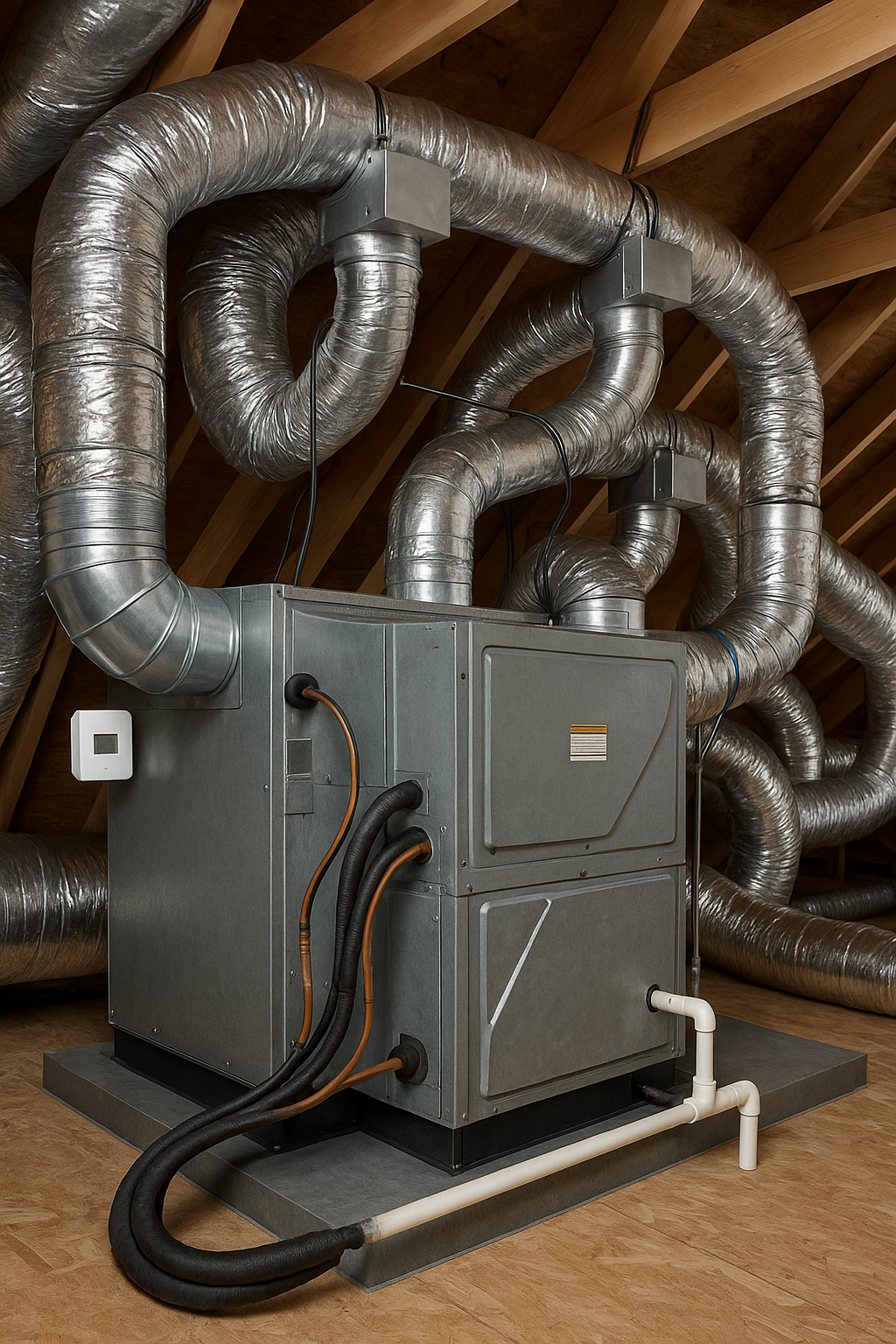
- Multi-Zone HVAC Systems: It used to be that having multiple zones required special ductwork and was mostly in custom homes. Now, wireless sensors and smart thermostats make multi-zone setups more accessible. You can have one floor or room on a different setting from another without a major renovation.
- Smart Vents: For retrofitting homes, smart vent systems are trending. These vents open or close automatically to redirect airflow where needed. If one room gets too cool, the vents in that room close a bit while others stay open, balancing temperatures. This fine-tuned control was hard to achieve before, but in 2025 it’s available as an add-on.
- Energy Benefits: Zoning isn’t just about comfort; it also saves energy by not overheating or overcooling unused spaces. Why cool the guest room all day if it’s empty? Homeowners are recognizing the cost savings of only conditioning the areas in use.
Trend 6: Sustainability and New Refrigerants
HVAC is also part of a greener future. 2025 continues the push for eco-friendly heating and cooling:
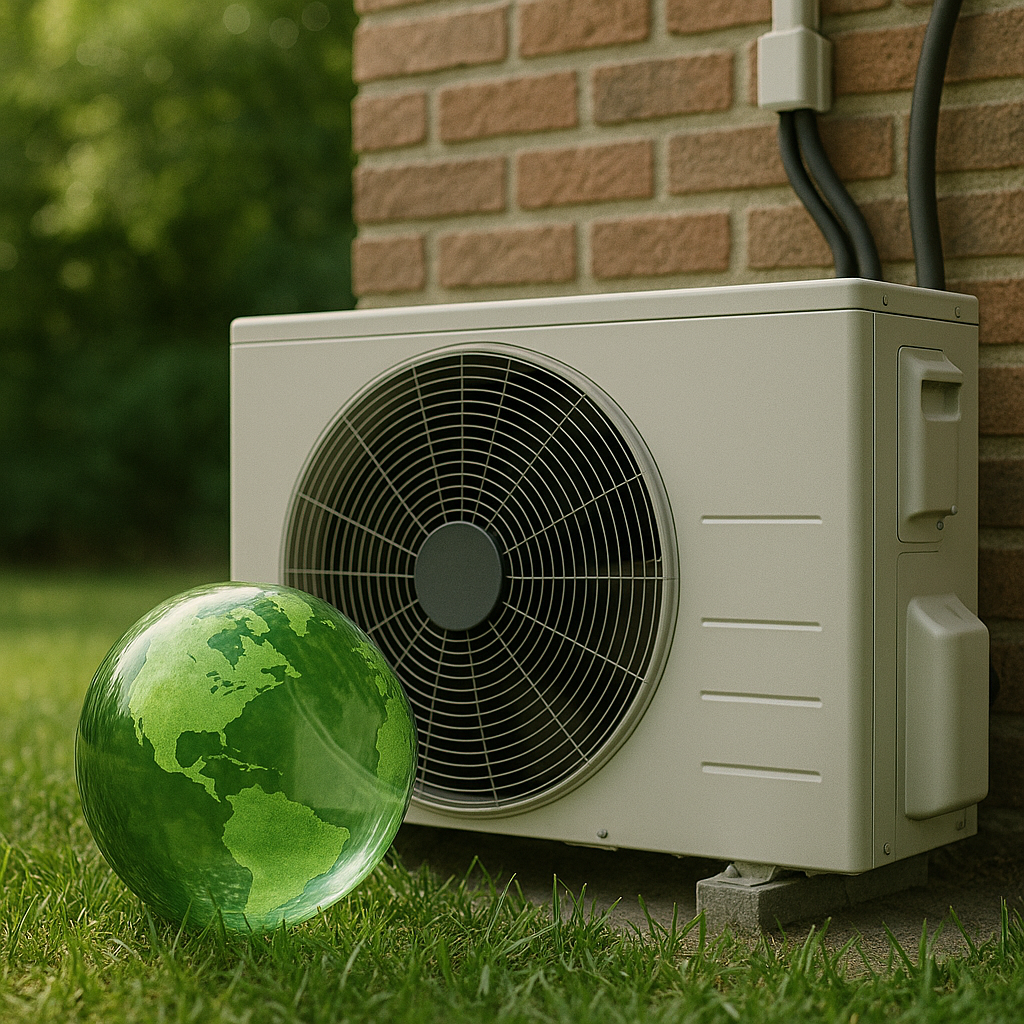
- Earth-Friendly Refrigerants: Older refrigerants (like the old R-22 or even R-410A) are being phased out due to environmental impact. New ACs and heat pumps use low-GWP refrigerants that reduce greenhouse gas emissions. If you upgrade your system, it will likely use one of these new refrigerants, which is good for the environment (and production of the old refrigerants is being restricted).
- Incentives for Efficiency: There are increasing rebates and tax credits for installing high-efficiency or green HVAC systems. Governments and utilities are encouraging heat pumps, solar-assisted HVAC, and other innovations. These incentives can significantly cut the upfront cost of an upgrade for a homeowner.
- Decarbonization Push: In general, there’s a move toward reducing carbon footprint in home heating and cooling. This means more electric-based heating (like heat pumps) instead of oil or gas furnaces, and integrating HVAC with renewable energy sources when possible. While not every home will switch overnight, this trend is shaping the products and options you’ll see on the market.
Conclusion
These 2025 HVAC trends all point toward smarter, healthier, and more efficient homes. Whether it’s an air conditioner that thinks for itself, an air purifier that keeps your family breathing easy, or a heating system that saves you money while saving the planet, there’s a lot to be excited about. As a homeowner, keeping these trends in mind can help you plan your next HVAC purchase or upgrade.
If your system is aging or you’re looking to improve comfort and efficiency, 2025 is a great time to do it. The technology is mature, the benefits are clear, and you might even snag some rebates by riding the wave of these trends.
